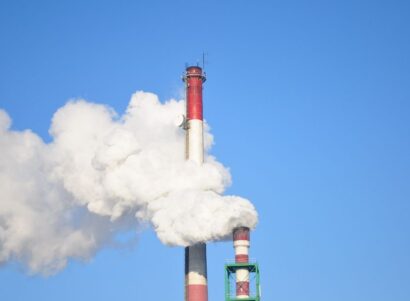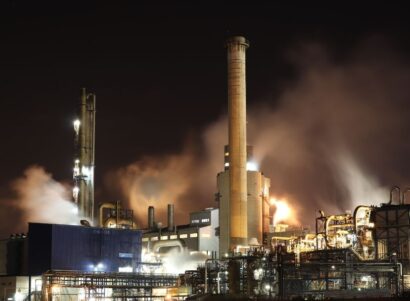Overview
The U.S. Environmental Protection Agency estimates that there are over 3.2 million abandoned oil and gas wells in the United States. Research has found that volatile organic compounds are emitted during oil and gas development; however, studies of abandoned wells have focused on methane emissions because of their role in climate change.
In a peer-reviewed study published by the American Chemical Society, researchers from PSE Healthy Energy (PSE) analyzed gas from 48 abandoned wells in western Pennsylvania for fixed gases (e.g., oxygen, nitrogen, and carbon dioxide), light hydrocarbons (e.g., methane, ethane, and propane), and volatile organic compounds. This allowed the researchers to estimate the total emissions of a well—including both greenhouse gases and health-damaging air pollution.
Key Findings
Gas leaked from abandoned oil and gas wells contains volatile organic compounds, including benzene—a known human carcinogen. Emissions rates were found to vary depending on the flow rate of the well and the concentration of volatile organic compounds in the gas. For abandoned wells within western Pennsylvania, researchers found that:
- 22 percent (4,243) are located within 328 feet of buildings, including residences
- 499 wells were within 33 feet from a building
Conclusions
Abandoned oil and gas wells in western Pennsylvania are often within one kilometer of buildings—a distance deemed higher-risk by a large body of research. Given the concentrations of benzene and other hazardous air pollutants found in gas emitted from these wells, their proximity to people can pose potential risks for public health. Further investigation is necessary to determine the risk of inhalation to people living, working, or congregating near abandoned wells.

 Study
Study






